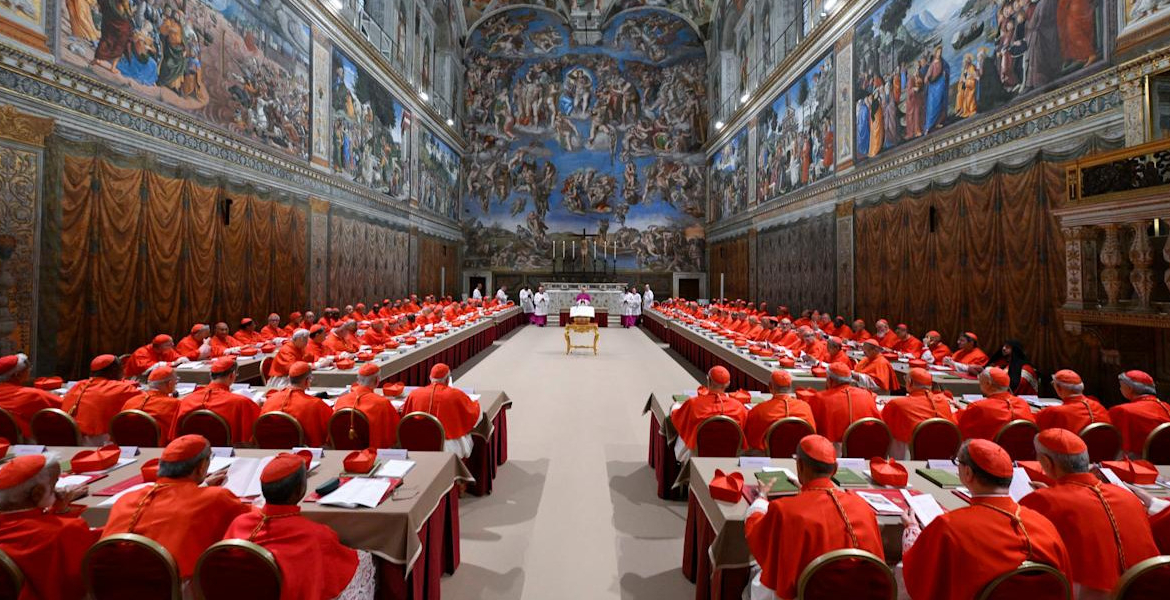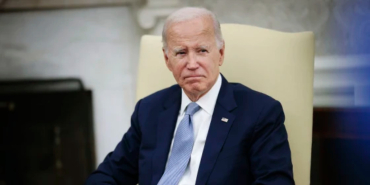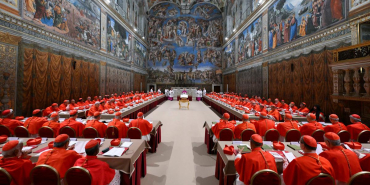Why Popes Change Their Names

Cardinal Robert Prevost, a 69-year-old Chicago native, has been elected as Pope Leo XIV, succeeding Pope Francis and marking a historic moment as the first US-born pontiff in the Catholic Church's history.
His election on May 8, 2025, follows the passing of Pope Francis on April 21, at the age of 88, ushering in a new era for the global institution. One of the first acts of the new pontiff was to embrace a tradition dating back centuries. Upon assuming his new role, Pope Leo XIV adopted a new papal name, an act steeped in history and symbolism. This practice, first recorded with Pope John II in the sixth century, sees the chosen name reflecting the pontiff's mission, inspiration, or the legacy he aims to uphold.
Of the 267 popes throughout history, at least 129 have adopted a new name upon their election. The selection of "Leo" carries particular weight. Thirteen previous popes have borne the name, each contributing to its rich legacy. Pope Leo I, known as Leo the Great, who served from 441 to 461 AD, is remembered for his theological contributions and his diplomatic efforts, most notably his success in persuading Attila the Hun to spare Rome.
His intellectual legacy, particularly his writings on the dual nature of Christ, continues to influence Catholic doctrine. Given Pope Leo XIV’s doctorate in canon law, this could signal his commitment to theological scholarship and church governance. Another potential influence on Pope Leo XIV’s choice of name is Pope Leo XIII, who led the Catholic Church from 1878 to 1903. He is best known for his encyclical Rerum Novarum, which addressed the challenges of workers' rights and capitalism during the Industrial Age. This document laid the groundwork for modern Catholic social thought, advocating for fair labor practices and economic justice, and hinting at the new Pope's priorities.
The tradition of papal name selection traces back to biblical figures who received new names upon divine missions, such as Abram becoming Abraham and Simon being renamed Peter, who would become the first Pope. The transformed name symbolizes a new purpose and direction, signaling that the newly elected pontiff embarks on a distinct spiritual journey upon assuming office. While no formal rules dictate the selection of a papal name, certain trends have emerged over time.
Many popes choose names that honor their predecessors or admired saints, while others select names that signal innovation and change, as exemplified by Pope Francis, the first to adopt the name of Saint Francis of Assisi. John is the most frequently used papal name, chosen 23 times, followed by Gregory and Benedict, each used 16 times. Other common names include Clement (14), Leo (14), Innocent (13), and Pius (12). No pope has ever taken the name Peter, out of respect for the first Pope.
The election of Pope Leo XIV has resonated globally. Notably, in Kenya, it has stirred considerable reaction, with many recalling his past visits to the country. Clips and photos of his engagements in Kenya, particularly his visit in December 2024, have flooded social media. During that trip, he presided over the dedication of the new chapel of Our Mother of Good Counsel at the International House of St. Augustine Convent in Karen, Nairobi County. His participation in the dedication ceremony, including cutting the ribbon, addressing the congregation, and sharing Holy Communion, was met with warmth and appreciation.
His connection to Kenya extends back to 2011, a visit he fondly remembered during his 2024 trip, stating, "It is a blessing to be back," while expressing his appreciation for the Augustinians in Kenya. Following his election, Pope Leo XIV appeared on the balcony of St. Peter’s Basilica, greeting the assembled faithful with the words, "Peace be with you." His first Mass as Pope was held in the Sistine Chapel, where he addressed the cardinals who had elected him. In his homily, he spoke of the challenges facing Christianity in the modern world, lamenting that faith is often mocked or misunderstood.
He emphasized the need for missionary outreach, particularly in regions where belief in Christ is waning. The new Pope addressed the importance of social justice, a theme central to Pope Francis’ papacy. The pontiff's commitment to expanding the role of women in the Church was demonstrated through his support for Pope Francis’ decision to include women in the board that vets bishop nominations.
Pope Leo XIV’s previous role as Prefect of the Dicastery for Bishops, where he oversaw the appointment of bishops worldwide, has positioned him as a leader deeply involved in church governance, and equipped to navigate the complexities of the modern papacy.








Comments
May the almighty God…
Permalink
May the almighty God continue to bless and strengthen him in his ministry of shepherding the church of Jesus Christ.
Add new comment